Windmills: England's beautiful remnants of a simpler time — from the outside so scenic, yet mechanical marvels within
Our remaining windmills are unashamedly romantic slices of old England. Last spring, those still working went into overdrive to meet local demand for flour, reports Eleanor Doughty.
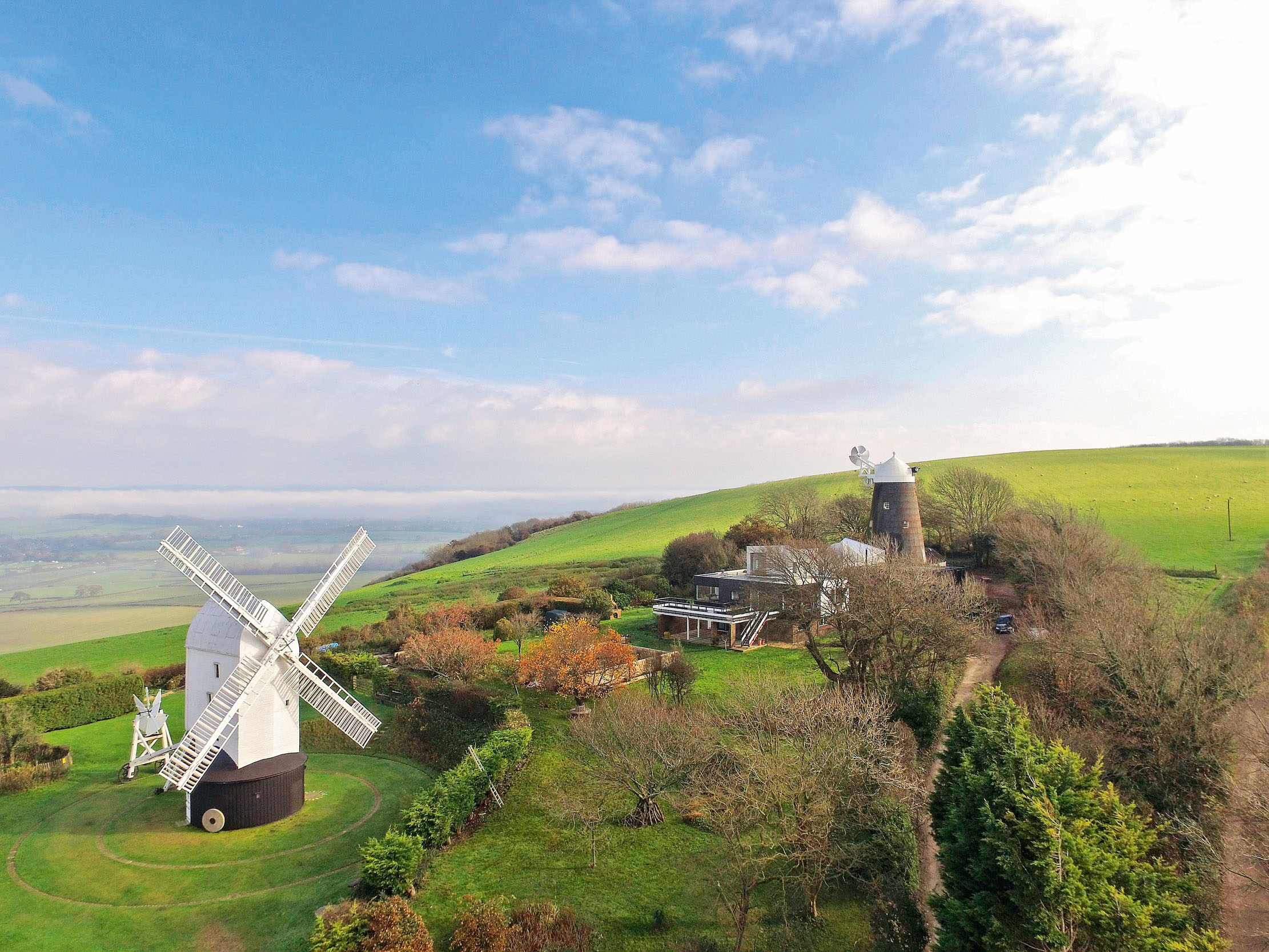
Brixton Hill in south London is about the last place you might expect to come across a windmill — but lo, at the end of Blenheim Gardens, about halfway down the hill, there it is, a socking great four-sail windmill, gleaming in the sun.
Inside, the mill is on and there’s a heck of a racket — flour is being made. Brixton Windmill was built in 1816, and operated by the Ashby family, which owned a couple of mills locally. In the early 1860s, her sails were removed and she lay quiet for a century, before new ones were fitted by London County Council.
The Friends of Windmill Gardens society was formed in 2003, intent on restoring the mill, and she re-opened eight years later, after a long programme of works. Today, the sails turn, but an electric motor powers the mill. The resulting flour is sold in more than 10 shops in south London and is supplied to local food banks. Brixton is back doing her job.
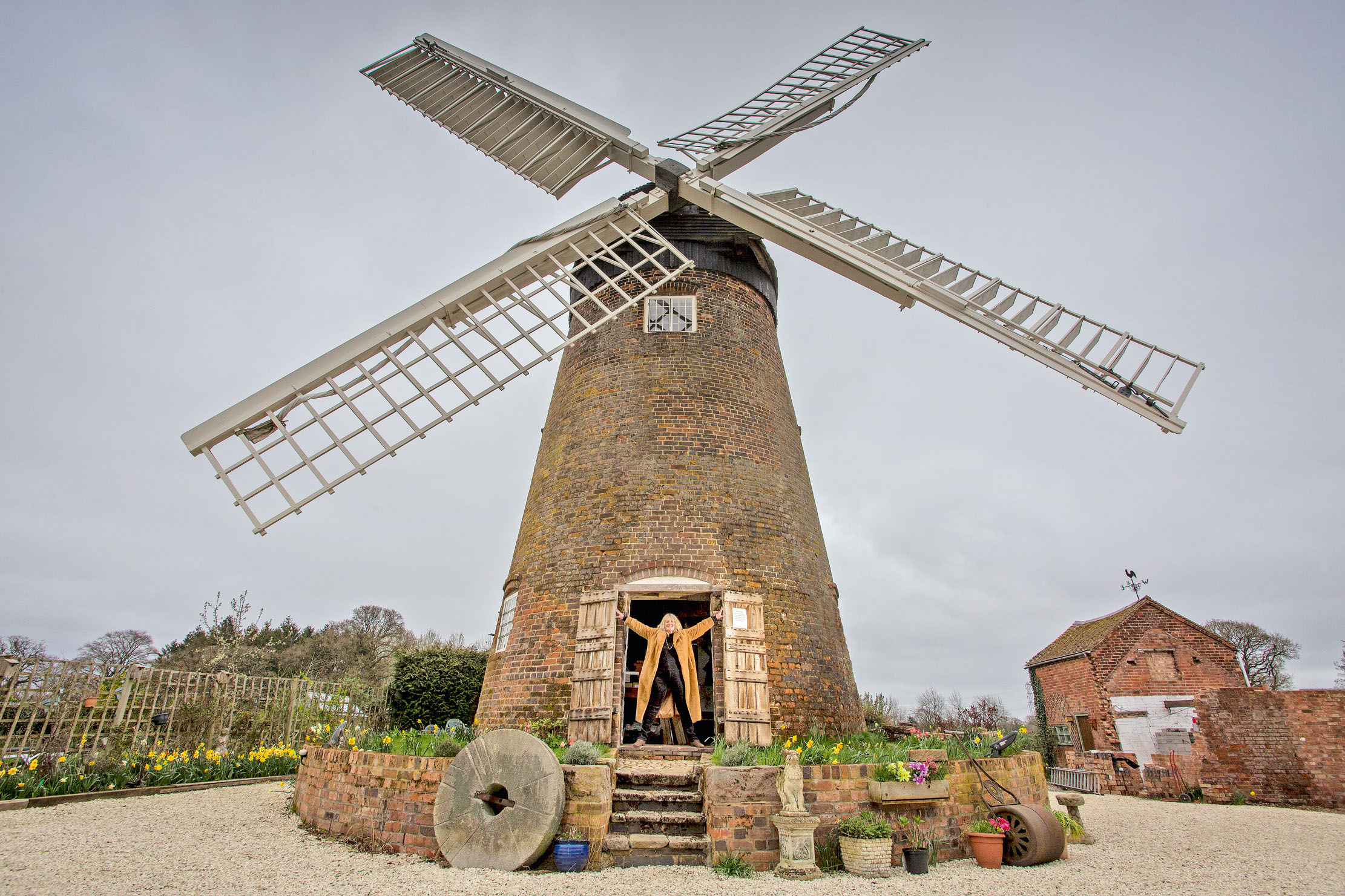
There are about 140 windmills left in the UK today — of these, about 40 still work. By comparison, explains Mildred Cookson, chair of the Society for the Protection of Ancient Buildings (SPAB)’s mills section, there were more than 1,000 in the 1890s. They tend to take one of two styles: the brick-built tower mill, where only the cap rotates, or the wooden post mill, which fully rotates around a vertical post and dates to about 1185, when one was built at Weedly, East Yorkshire.
Those that remain are a varied bunch. Six-storey Quainton Mill, Buckinghamshire, is owned by a descendant of its 1830 commissioner. In Mayfield, East Sussex, Argos Hill Windmill — a post mill with a pretty red top — is currently undergoing restoration. Close to Cambridge, miller Jonathan Cook produces flour from Fosters Mill and near Sheringham in Norfolk is Cley Windmill, converted into a house in the 1920s and part-sponsored by Mary, Duchess of Bedford. In 1979, it was inherited by Col Charles Blount, father of the singer James Blunt, who spent much of his childhood there.
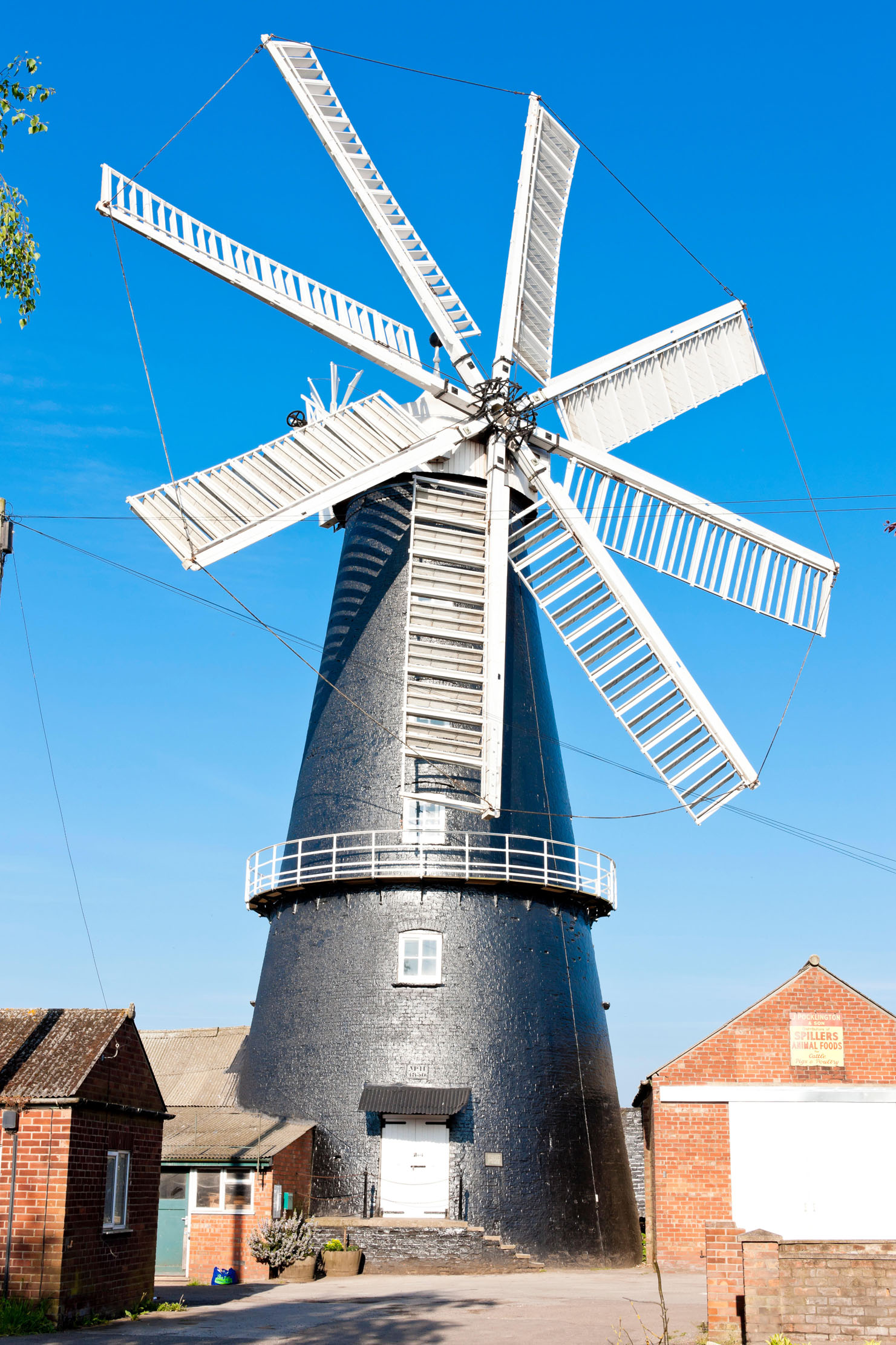
Some are more famous than others. John Constable painted the mill at Petworth, West Sussex, and, in Buckinghamshire, Cobstone features as the home of Caractacus Potts in the 1968 film adaptation of Ian Fleming’s Chitty Chitty Bang Bang. In the BBC’s mystery crime series Jonathan Creek, starring Alan Davies, it’s King’s Mill in Shipley, West Sussex, that steals the show.
Nearby, above Clayton, stands a notable pair of mills, best known as Jack and Jill. The latter was built in Brighton in 1821, as a post mill called Lashmar’s New Mill, ‘but as Brighton expanded, she was moved to Clayton, where since 1765 a post mill called Duncton had stood,’ explains retired accountant Simon Potter, a trustee of Jack and Jills Windmills Society. The two worked together for about 12 years, before Duncton was demolished in 1866. Jack, a brick tower mill, was then built, but was converted into a house in 1906.
Exquisite houses, the beauty of Nature, and how to get the most from your life, straight to your inbox.
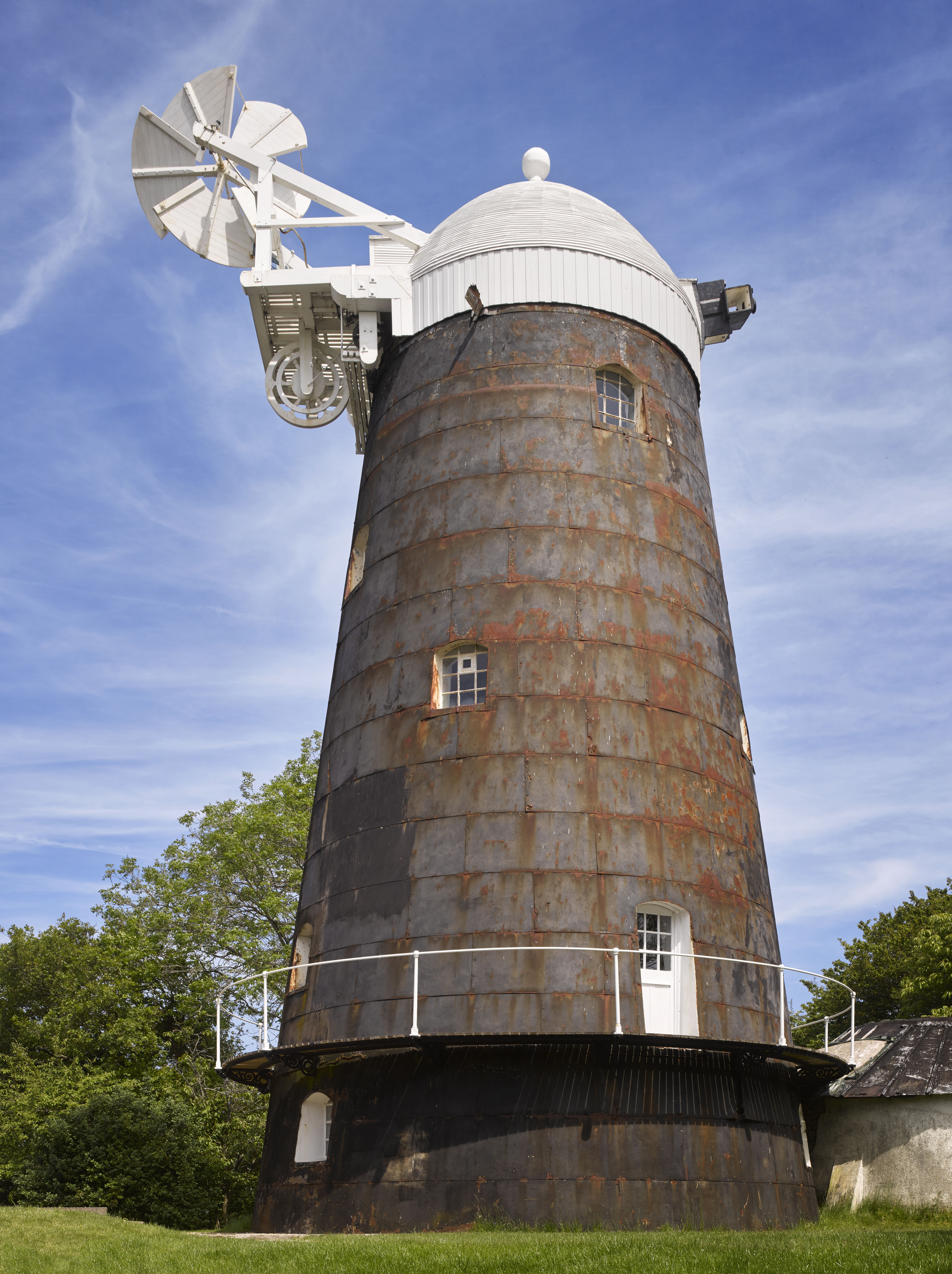
In 1953, the pair were bought by the golf writer Henry Longhurst, who ultimately gave Jill to the council, leaving Jack in his will to his son — who then pre-deceased him. Jack remains in private hands today; the seven-bedroom house to which she (all windmills are female) is attached recently sold for £3 million. Mid Sussex District Council still owns Jill and the society maintains her, raising money selling flour and from open days (‘Jack and Jill went up the hill’, September 4, 2019).
Visits to windmills may have been put on hold thanks to the pandemic, but working mills have really come into their own. ‘Covid-19 has been amazing for traditional mills,’ enthuses Mrs Cookson. ‘People couldn’t get flour from supermarkets and we’re hoping that people carry on buying flour locally.’
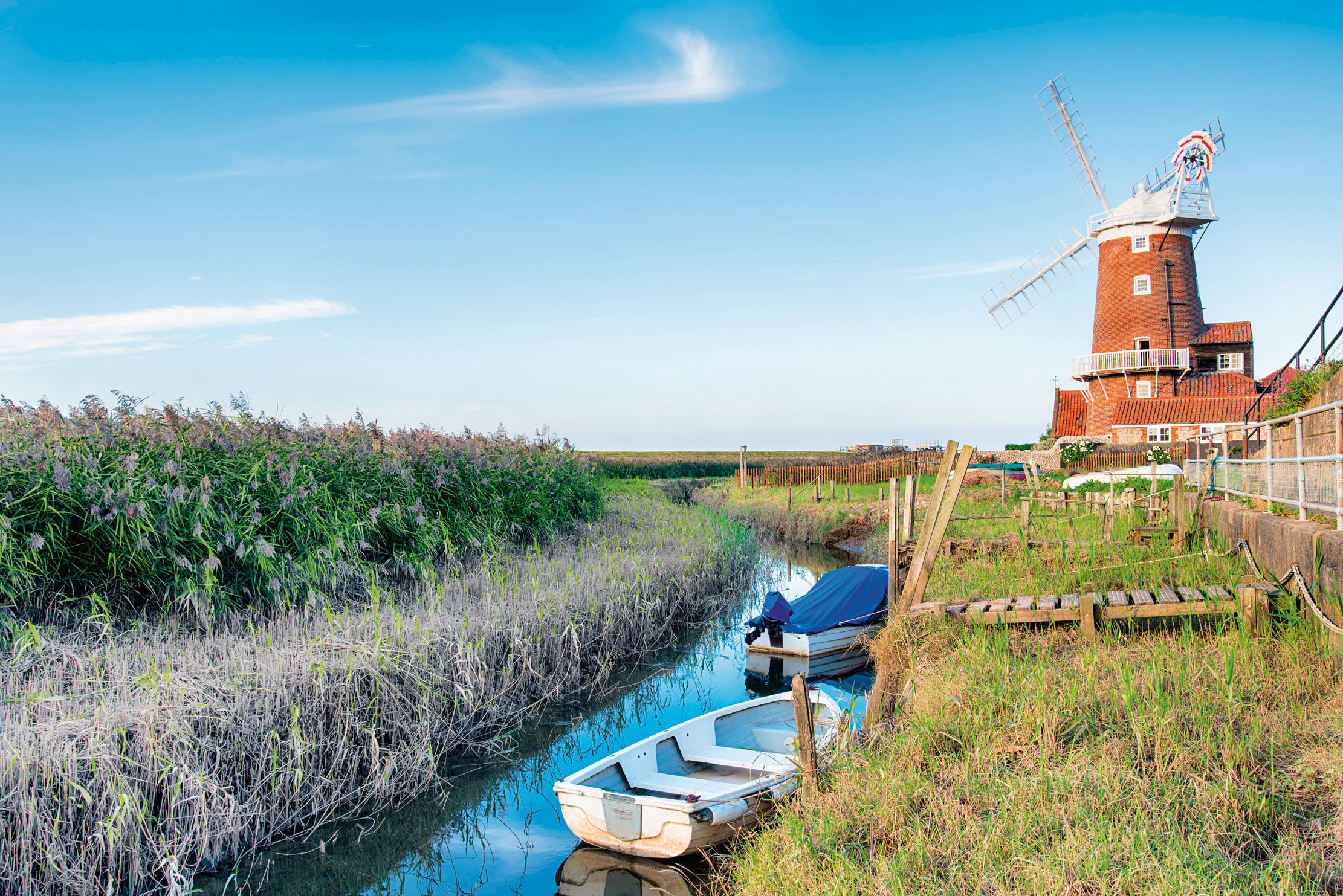
At Holgate Windmill in York, North Yorkshire, four times as much flour as usual was produced to meet demand during the first lock-down. This five-sailed tower mill was built in 1770. Today, it sits in the middle of a working roundabout. Once, explains Richard Green, a former RAF engineer who has been involved with Holgate since the millennium, ‘it was in open land with fields on both sides, but, after the Second World War, they started building houses up the road to the mill.’ Now, the windmill is surrounded and, in 2012, Holgate won the Roundabout Appreciation Society’s round-about of the year. ‘Windmills are beautiful icons wherever they are,’ states Mr Green. ‘It doesn’t matter that it’s on a roundabout.’
Berkswell Windmill, near the village of Balsall Common in Solihull, West Midlands, is, if anything, too well located. Bought by Jeanette McGarry in 2005, and restored with help from English Heritage, she is, advises Mrs McGarry, ‘the most complete windmill in the UK, with all her original machinery.’ Built in 1826, Berkswell is a four-sailed brick tower mill, with a ‘Warwickshire cap’ in the shape of an upside-down boat. It sounds idyllic, especially now that Berkswell is producing flour again, but the greenbelt land surrounding the windmill has been earmarked for develop-ment. This, believes Mrs McGarry, would be a disaster: ‘We are very worried about the impact that any building work might have on the wind flow.’ A decision is pending.

To the north-east of Berkswell lies a land strongly populated by windmills: Lincolnshire. Driving into Lincoln from the A46, it’s not only the cathedral that can be spotted on the skyline, but Ellis Mill. Twenty miles away, overlooking the village of Kirton-in-Lindsey, is the Austin family’s Mount Pleasant Windmill and Bakery. Due east, six miles from the coast, is the seven-storey, five-sailed Alford Wind-mill; Maud Foster Mill, which is the same size, is 25 miles away in Boston.
That Lincolnshire is renowned as the flat county is one reason for there being so many extant windmills — ‘you haven’t got the fast-flowing rivers for watermills,’ explains Charles Pinchbeck, chair of Heckington Windmill Trust and a deputy lieutenant of Lincolnshire. His home windmill, five miles from the market town of Sleaford, is unique in being the only working eight-sailed windmill in the world. ‘In the 18th century, as cast iron became more available, there was experimentation with bigger mills,’ he continues.
Most important was being able to mill in light winds and, the more sails there are, the lighter the wind that can be milled in — hence Heckington’s eight. The mill produces a range of flour, sold both online and on site. Last spring, when basics were at a premium, ‘people came to Heckington simply to buy flour. There was a stage when my job was to manage the queue, and I was delighted to do it,’ remembers Mr Pinchbeck, who has lived in Heckington all his life.
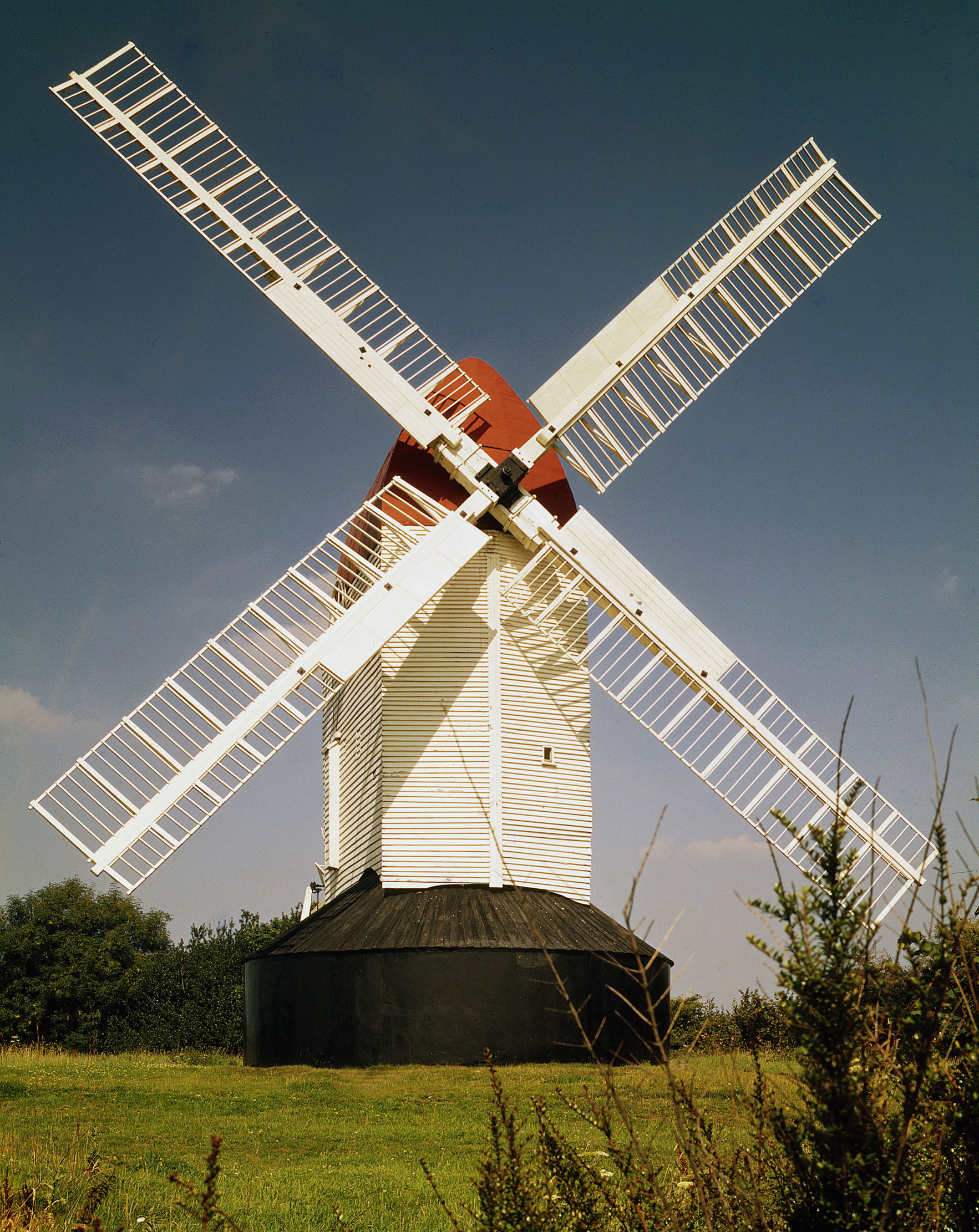
For every windmill with queues for flour, there are plenty where none is produced. The National Trust owns the Tower Windmill at Burnham Overy Staithe, near Wells-next-to-Sea, Norfolk, which was built in 1816. Tailwinded in 1914 — this, explains ranger Keith Miller, is when ‘the wind blows up quickly and turns the sails the wrong way, the worst thing that can happen to a windmill’ — it ceased working in 1919 and was converted to holiday accommodation. In 1958, it was given to the Trust and is now a popular holiday home, sleeping 19, although it is currently closed for renovation. Twice a year, mill-wrights come to turn the sails.
Those involved with our windmills all seem to be unashamedly in love with the structures, these romantic slices of old England. Noted fan the Hon James Savile, son of the Earl of Mexborough, perhaps puts it best: ‘On one hand, they represent a simpler world, governed by the growing season and by the winds — and, on the other hand, there’s the technical ingenuity, the interlinked cogs, wheels and pulleys. Something that from the outside is so scenic is a mechanical marvel within.’

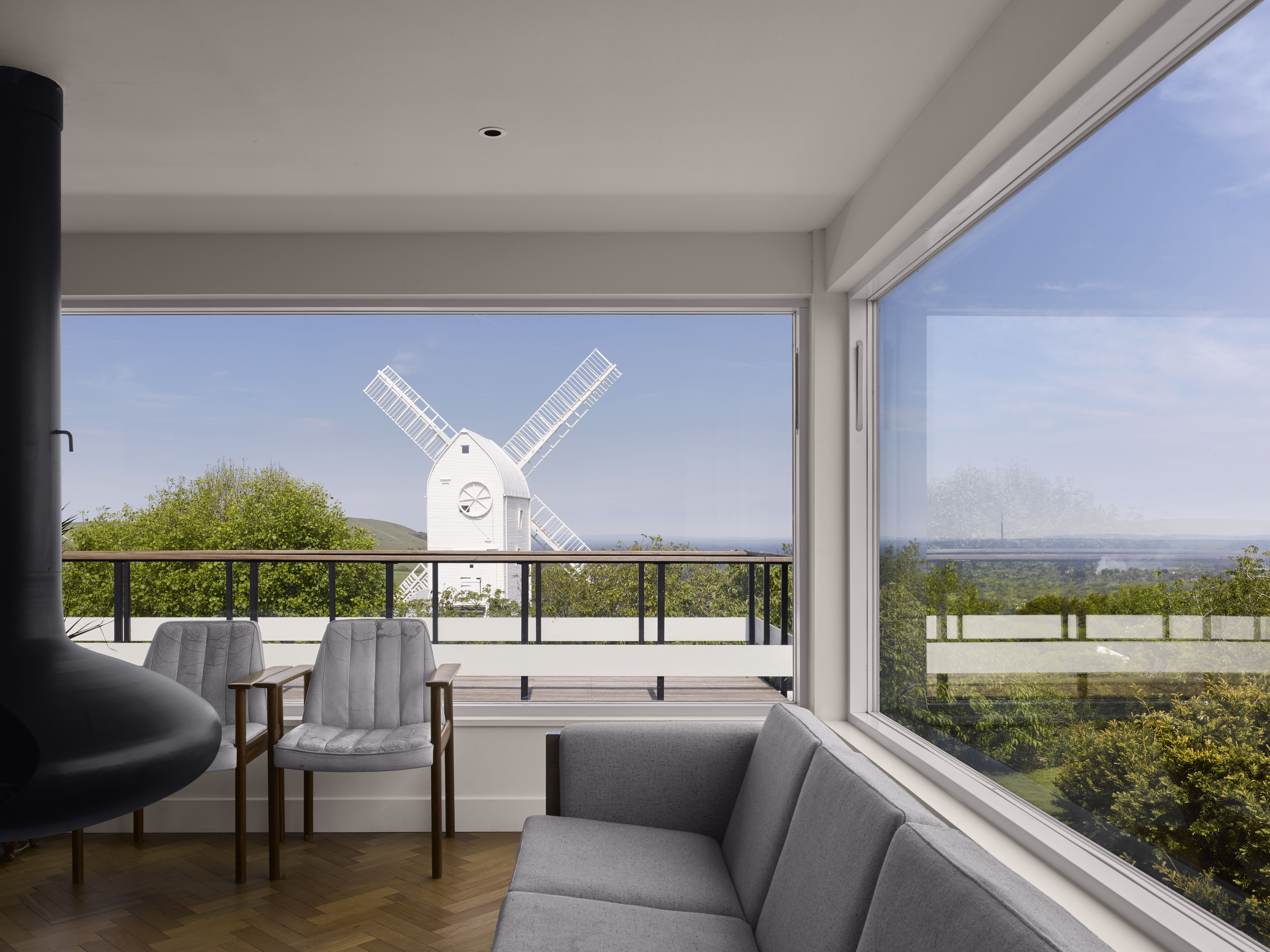
Credit: Will Pryce/Country Life Picture
The ancient windmill in Sussex that became a stunning contemporary home
The redevelopment of a house within a former windmill complex has inspired a remarkable contemporary home with striking interiors. John